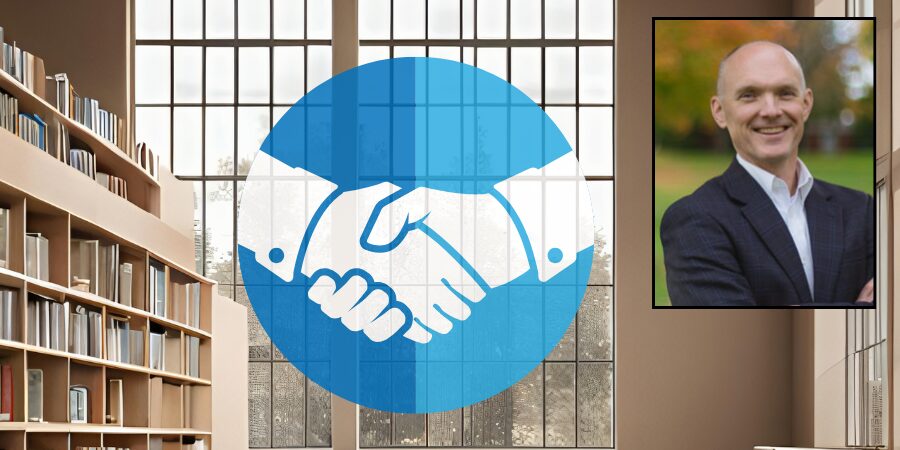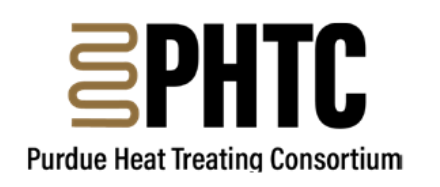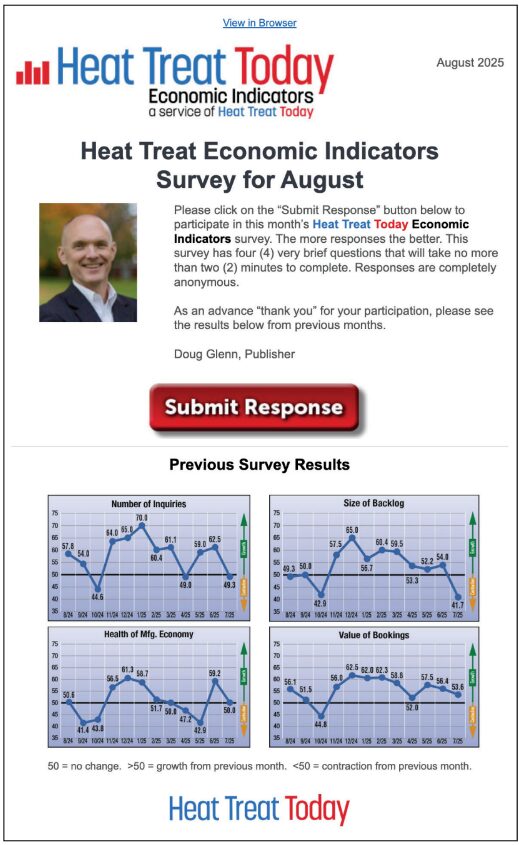Why They Buy from You

Heat Treat Today publishes twelve print magazines annually and included in each is a letter from the publisher, Doug Glenn. This letter is from the October 2025 Ferrous & Nonferrous Heat Treatments/Mill Processing print edition.
Feel free to contact Doug at doug@heattreattoday.com if you have a question or comment.
Karen Gantzer, associate publisher, and I recently visited a manufacturing plant with an extensive, in-house heat treat operation. We don’t often visit captive heat treat operations even though the vast majority of our audience are, in fact, captive heat treaters — manufacturers with their own in-house heat treat capabilities.
The conversation we had with the two heat treat specialists that hosted us was wide-ranging and enlightening. One of the topics was the rationale used for purchasing new thermal processing equipment. They have two mesh belt furnaces and a small number of integral quench furnaces. All the furnaces came from the same supplier.
We asked them straight up, “Why did you buy from this supplier and not from others?” The answer was instructive not only for furnace manufacturers, but for all suppliers in the industry.
What Didn’t Matter
While the three points listed below had some influence, these were not as important to the captive as many furnace manufacturers believe:
- Price. In fact, they outright told us that they did not buy the least expensive equipment. When company purchasing agents get involved, the decision-making process is complicated, but with this mid-sized company, the two key decision makers — the two guys who spent time with us — assured us that price was not the main driver behind their decision.
- Equipment and controls features. Features were not unimportant, but they were not the driving factor. Each company that bid for the job had slightly different solutions making it difficult to compare features. Our hosts told us that several of the designs would have worked. They chose one, but it was not because they preferred that design over the others.
- Quality. What exactly does “quality” mean? If ever there was an overused marketing word, “quality” is it! Quality was not a determining factor in the purchase of the heat treating equipment. All of the equipment was “quality” equipment… whatever that means.

What Mattered
There were two key factors that swayed the decision for this captive heat treater:
1. Responsiveness was the #1 reason why this captive heat treater chose this furnace manufacturer. Responsiveness took several forms. First, during the bidding process, the manufacturer set itself apart by being prompt and creative with design changes. They obviously listened to what the captive heat treater was saying and responded in a timely fashion with alterations/solutions that demonstrated understanding. Second, the ability to reach the “top guy” at the furnace manufacturer day or night brought a level of comfort that heavily tilted the scales in their favor. Both guys indicated that they had the president’s cell number in their phones — not on speed dial, because that’s not necessary — but in their phones just in case. And they’ve used that number multiple times with good results. Finally, the furnace manufacturer continues to be responsive even after the equipment has been installed and commissioned. If there is something new or different the guys want to do, they call the furnace manufacturer, speak to a real person, they are heard, and they get a response in a timely fashion.
2. Location was the second most important reason. Here’s why. First, the buyers were happy to be stimulating the U.S. economy and, more specifically, the regional economy. Second, they felt that a geographically close furnace manufacturer would be more capable of providing speedy service and parts if and when those items became necessary. Third, proximity allowed the buyer to inexpensively visit the furnace builder for manufacturing progress updates. And finally, a domestic manufacturer eliminated tariff concerns.
Obviously, a furnace manufacturer can’t be geographically close to all their clients. However, alleviating concerns about parts and service, accommodating on-site progress visits throughout the furnace manufacturing process, and manufacturing as much as possible in the U.S. would all be steps in the right direction.
All this to say, it is not so much the hard inputs like engineering, manufacturing, and finance that persuade customers to make a purchase. Rather, it is the softer inputs — the human elements — that help furnace buyers become comfortable, giving you a leg up on your competition. Comfort is an emotion… and as we all know and agree, “Everyone always buys emotionally all the time.”

Publisher
Heat Treat Today
For more information: Contact Doug at
doug@heattreattoday.com
Find heat treating products and services when you search on Heat Treat Buyers Guide.Com
Why They Buy from You Read More »





















